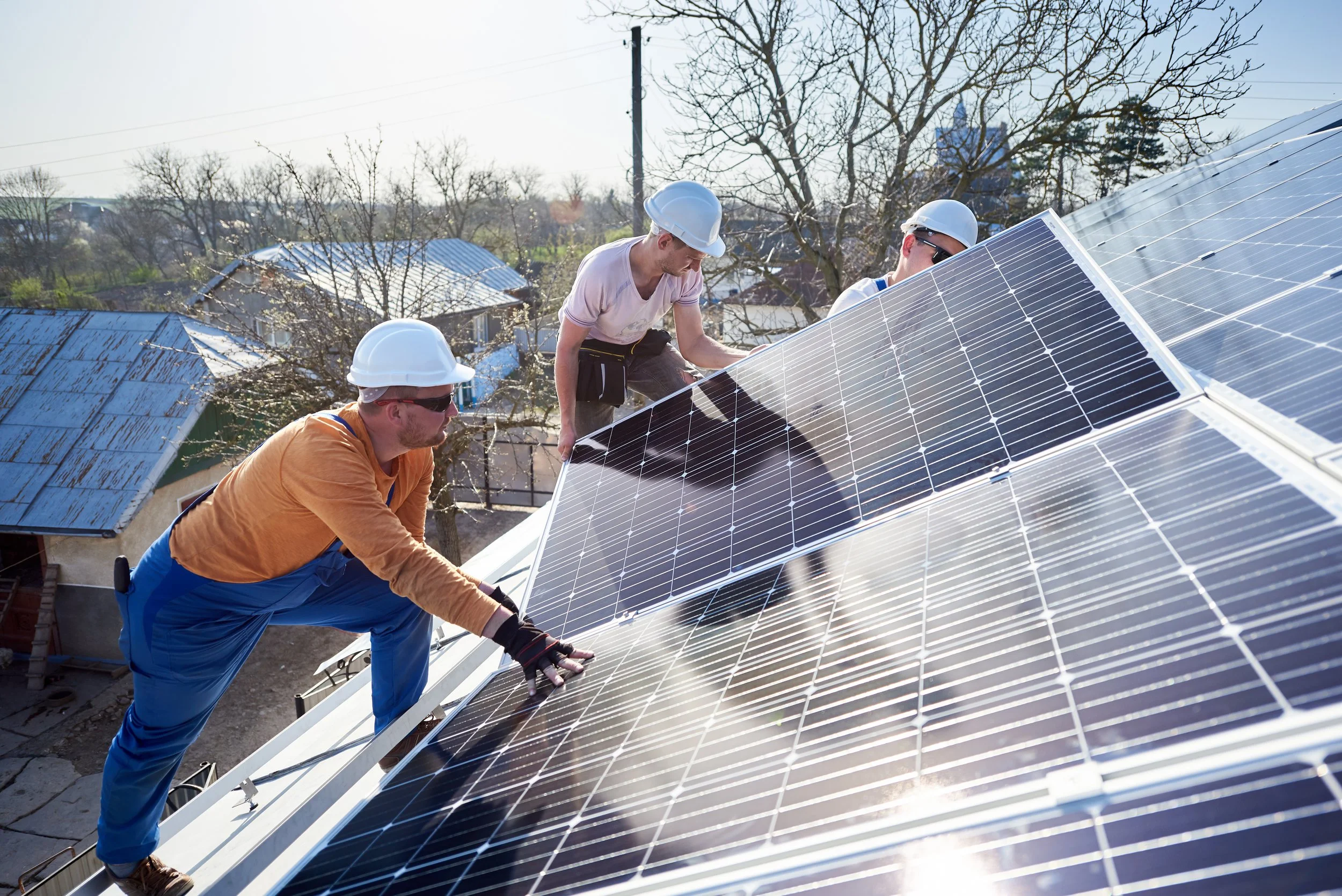To microgrid or not to microgrid – that is the question coming out of California with Sunnova Energy’s proposal to turn new neighborhoods into self-contained “microutilities” with solar generation on every roof and battery storage in every garage.
The company’s proposal to the California Public Utilities Commission (CPUC) would build new communities of up to 2,000 homes with rooftop solar and battery storage that would be part of a local microgrid.
Sunnova plans to partner with real estate development companies to create microgrids in new-build neighborhoods in California that would reduce the risk of power outages by over 80 percent.
Microgrids are isolated, self-sufficient energy systems that can operate independently from the broader electricity grid. Microgrids use distributed generation resources like rooftop solar and batteries to supply electricity to a local, independent network of residential and commercial users. The popularity of microgrids has grown as technology advances, prices fall, and concerns about the reliability of monopoly utility systems increase.
Because microgrids can detach from the broader grid in emergencies, a microgrid can continue providing electricity when the grid is down. Microgrids provide efficient, low-cost, clean energy and can enhance demand response. There are currently 461 operational microgrids in the United States, producing 3.1 gigawatts of electricity.
According to Sunnova’s proposal, a typical 500-home community, each home would act as a nanogrid, with separately metered on-site solar power and battery energy storage. Excess energy would flow to the community or back to the broader grid. The neighborhood also would have separate community solar, energy storage, and emergency backup generation capabilities.
In other words, in a microgrid community, if the big utility experiences a power outage, the community would be able to rely on its on-site power generation and storage.
Considering how overtaxed California’s electric utilities become in extreme heat and drought events, “microutilities” should be a welcome solution. So far, though, that has not been the case. Sunnova’s proposal is seen as a threat to the traditional monopoly utility business model, Pacific Gas & Electric (PG&E), San Diego Gas & Electric (SDG&E), and Southern California Edison (SoCalEd) have filed complaints with the CPUC against the plan.
Many clean energy advocacy groups support Sunnova’s innovative plan and point to its social justice benefits. Community microgrids can reduce reliance on large fossil fuel plants that have historically been built in disadvantaged communities. Microgrids can lower a community’s carbon dioxide output and improve energy resilience, too. Additionally, they can provide cost benefits and customer empowerment.
Considering that California has committed to building affordable housing for 1 million households, pairing those new communities with resilient renewable energy systems is an effective way to help the state reach its climate goals.

